01 / 05
unification of japan
oda nobunaga
01 / 05
01 / 05
unification of japan
oda nobunaga
01 / 05
織田信長
01 / 05
unification of japan
oda nobunaga
01 / 05
01 / 05
unification of japan
oda nobunaga
01 / 05
biodata
[ Crest of the Oda Clan ]
Position
oda clan leader
timeline
1534
1582
capital
azuchi castle
control
1/3 of japan
power
22 yrs in power
legacy
military innovation
02 / 05
oda nobunaga
03 / 05
Oda Nobunaga is known as the first great unifier of japan - a daimyō who overthrew the ashikaga shogunate and ended years of feudal wars in japan
He is said to be a tall, thin, and scantily bearded man. He is highly ambitious which made him ruthless but he is also said to be a realistic leader, admired for his ability to make difficult decisions.
introduction
03 / 05
capital / base
kyoto
osaka
gifu
nagano
yamanashi
shizuoka
toyama
aichi
fukui
mie
nara
hyogo
wakayama
tokushima
okayama
tottori
shiga
Azuchi Castle served as a symbol of power and ambition
This is an incredibly strategic move by Nobunaga to select a new base overlooking Lake Biwa because it gave him a significant advantage and control over the Tokaido and Nakasendo roads - the key highways to Kyoto.
azuchi castle
oda nobunaga
04 / 05
battle strategy
04 / 05
battle
strategy
Nobunaga's battle strategy was marked by innovation and aggression. His surprise attacks, use of firearms and willingness to adopt new technologies gave him a significant edge on the battlefield.
Encirclement Tactics
Nobunaga's encirclement tactics involved surrounding enemy forces to restrict their movement and apply pressure from all sides, leading to their defeat. Notably used in the Battle of Okehazama (1560)
Encirclement Tactics
Nobunaga's encirclement tactics involved surrounding enemy forces to restrict their movement and apply pressure from all sides, leading to their defeat. Notably used in the Battle of Okehazama (1560)
Encirclement Tactics
Nobunaga's encirclement tactics involved surrounding enemy forces to restrict their movement and apply pressure from all sides, leading to their defeat. Notably used in the Battle of Okehazama (1560)
Castle Siege Warfare
Nobunaga utilized innovative methods, including cannons and incendiary devices, to breach enemy fortresses' defenses. Demonstrated in the successful siege of Inabayama Castle in 1567
Castle Siege Warfare
Nobunaga utilized innovative methods, including cannons and incendiary devices, to breach enemy fortresses' defenses. Demonstrated in the successful siege of Inabayama Castle in 1567
Castle Siege Warfare
Nobunaga utilized innovative methods, including cannons and incendiary devices, to breach enemy fortresses' defenses. Demonstrated in the successful siege of Inabayama Castle in 1567
Divide and Conquer
Nobunaga employed a strategy of dividing his enemies and exploiting internal conflicts to weaken their resistance. By sowing discord among rivals and exploiting their weaknesses, he was able to expand his influence effectively
Divide and Conquer
Nobunaga employed a strategy of dividing his enemies and exploiting internal conflicts to weaken their resistance. By sowing discord among rivals and exploiting their weaknesses, he was able to expand his influence effectively
Divide and Conquer
Nobunaga employed a strategy of dividing his enemies and exploiting internal conflicts to weaken their resistance. By sowing discord among rivals and exploiting their weaknesses, he was able to expand his influence effectively
Innovative Use of Firearms
Nobunaga embraced the use of firearms on the battlefield, leveraging their destructive power to gain an advantage over traditional armies. His army's proficiency with firearms played a significant role in several key victories
Innovative Use of Firearms
Nobunaga embraced the use of firearms on the battlefield, leveraging their destructive power to gain an advantage over traditional armies. His army's proficiency with firearms played a significant role in several key victories
Innovative Use of Firearms
Nobunaga embraced the use of firearms on the battlefield, leveraging their destructive power to gain an advantage over traditional armies. His army's proficiency with firearms played a significant role in several key victories
battle strategy
04 / 05
oda nobunaga
04 / 05
oda nobunaga
05 / 05
pivotal moments
05 / 05
pivotal
moments
Nobunaga's pivotal moments during his reign were marked by strategic victories, ambitious projects, and ruthless suppression of opposition
1560
Battle of Okehazama
Nobunaga's decisive victory against the much larger Imagawa clan marked a turning point in his rise to power, demonstrating his military genius and establishing his reputation as a formidable warlord

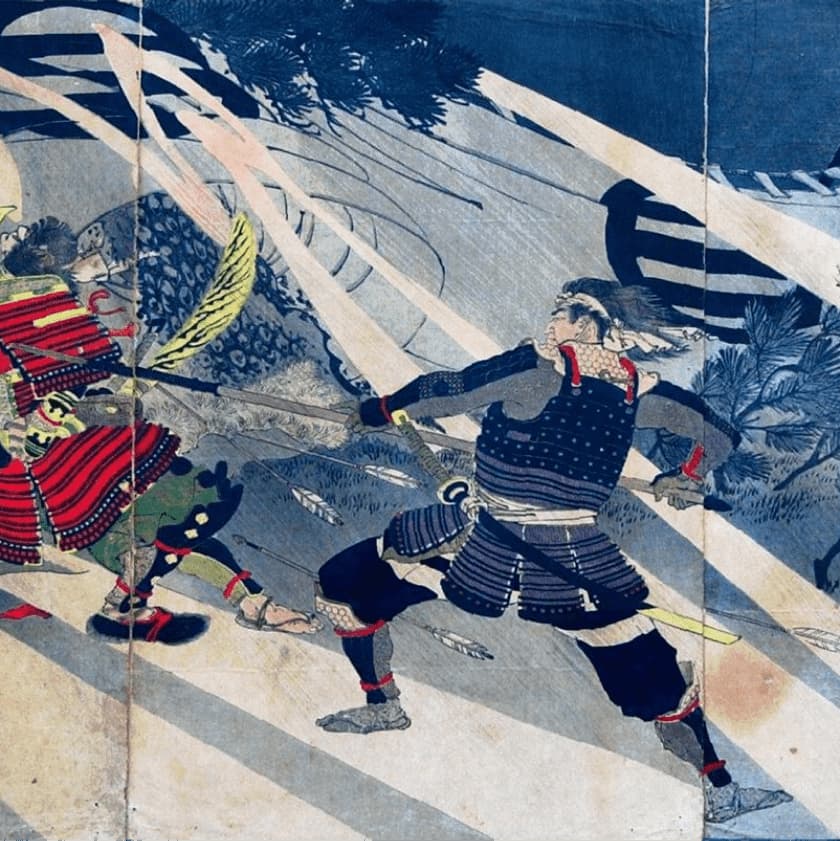
1560
Battle of Okehazama
Nobunaga's decisive victory against the much larger Imagawa clan marked a turning point in his rise to power, demonstrating his military genius and establishing his reputation as a formidable warlord


1560
Battle of Okehazama
Nobunaga's decisive victory against the much larger Imagawa clan marked a turning point in his rise to power, demonstrating his military genius and establishing his reputation as a formidable warlord


1567
Siege of Inabayama Castle
The Siege of Inabayama occurred in 1567 during Japan's Sengoku period. It pitted Oda Nobunaga against the warrior monks of Ishiyama Hongan-ji, led by Kennyo. Nobunaga's goal was to assert control over the region

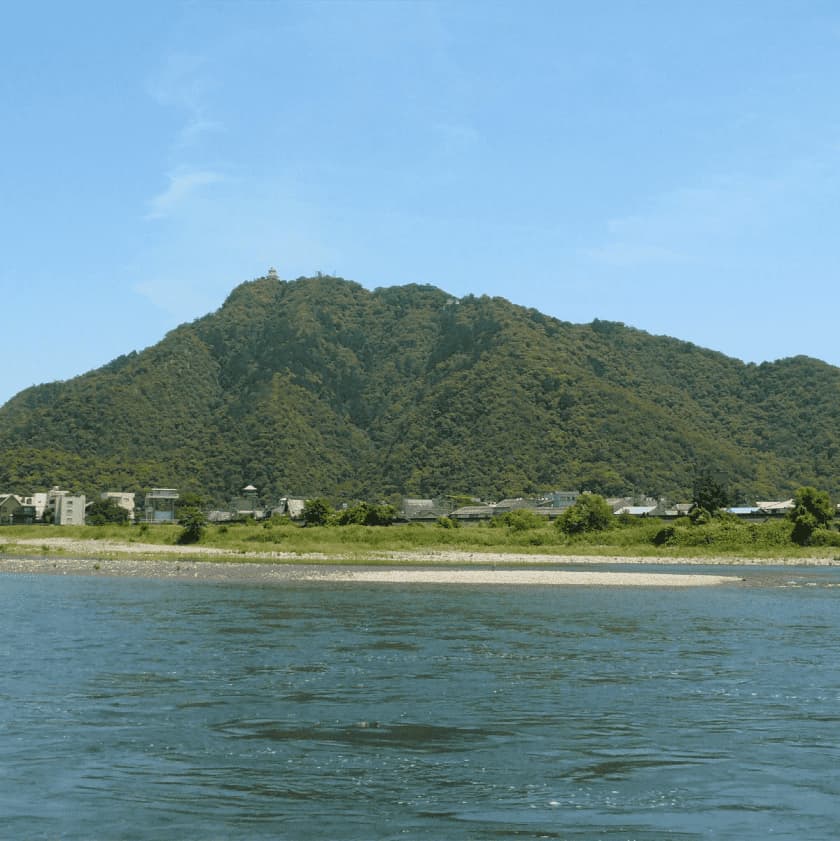
Mt. Kinka - formerly Inabayama
1567
Siege of Inabayama Castle
The Siege of Inabayama occurred in 1567 during Japan's Sengoku period. It pitted Oda Nobunaga against the warrior monks of Ishiyama Hongan-ji, led by Kennyo. Nobunaga's goal was to assert control over the region


Mt. Kinka - formerly Inabayama
1567
Siege of Inabayama Castle
The Siege of Inabayama occurred in 1567 during Japan's Sengoku period. It pitted Oda Nobunaga against the warrior monks of Ishiyama Hongan-ji, led by Kennyo. Nobunaga's goal was to assert control over the region


Mt. Kinka - formerly Inabayama
1568
Conquest of Kyoto
Nobunaga's forces successfully entered Kyoto, the capital of Japan at the time, marking a significant milestone in his ambition to unify the country. His control over Kyoto allowed him to exert influence over the imperial court and weaken his rivals' positions


1568
Conquest of Kyoto
Nobunaga's forces successfully entered Kyoto, the capital of Japan at the time, marking a significant milestone in his ambition to unify the country. His control over Kyoto allowed him to exert influence over the imperial court and weaken his rivals' positions


1568
Conquest of Kyoto
Nobunaga's forces successfully entered Kyoto, the capital of Japan at the time, marking a significant milestone in his ambition to unify the country. His control over Kyoto allowed him to exert influence over the imperial court and weaken his rivals' positions


1575
Battle of Nagashino
Nobunaga launched a brutal campaign against the warrior monks of Mount Hiei, who opposed his rule. The siege resulted in the destruction of the Enryaku-ji temple complex and the suppression of the militant Buddhist sects that had long been a challenge to central authority

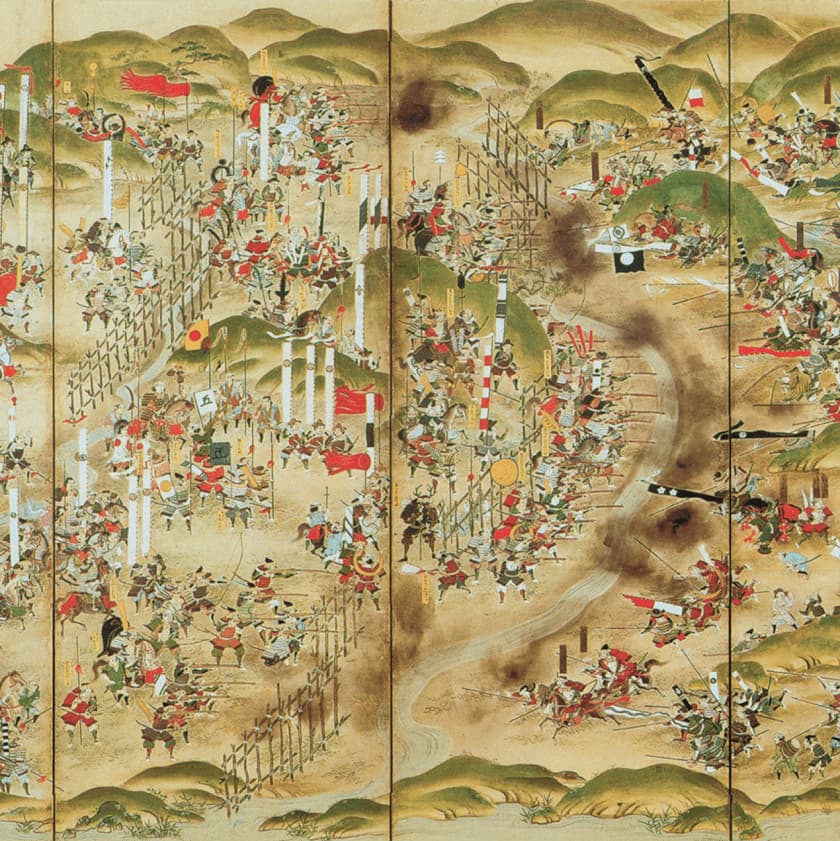
1575
Battle of Nagashino
Nobunaga launched a brutal campaign against the warrior monks of Mount Hiei, who opposed his rule. The siege resulted in the destruction of the Enryaku-ji temple complex and the suppression of the militant Buddhist sects that had long been a challenge to central authority


1575
Battle of Nagashino
Nobunaga launched a brutal campaign against the warrior monks of Mount Hiei, who opposed his rule. The siege resulted in the destruction of the Enryaku-ji temple complex and the suppression of the militant Buddhist sects that had long been a challenge to central authority


1576
Establish Azuchi Castle
Nobunaga's construction of Azuchi Castle, a grand and innovative fortress, symbolized his power and ambition. It served as a political and cultural center, reflecting Nobunaga's desire to modernize and centralize Japan

Layout drawing of the castle
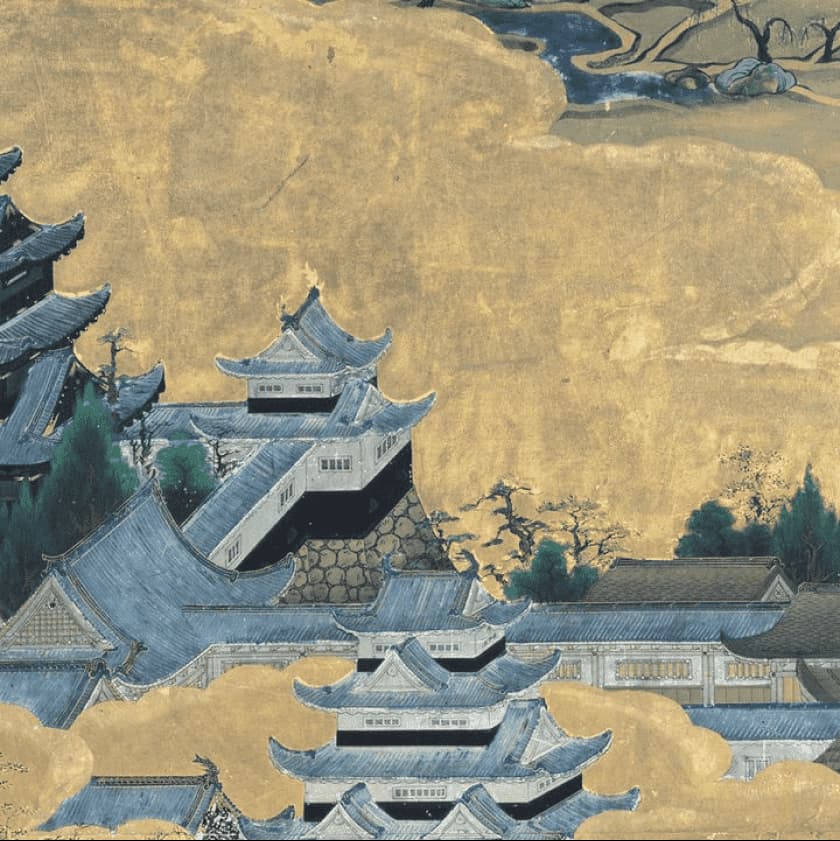
1576
Establish Azuchi Castle
Nobunaga's construction of Azuchi Castle, a grand and innovative fortress, symbolized his power and ambition. It served as a political and cultural center, reflecting Nobunaga's desire to modernize and centralize Japan

Layout drawing of the castle

1576
Establish Azuchi Castle
Nobunaga's construction of Azuchi Castle, a grand and innovative fortress, symbolized his power and ambition. It served as a political and cultural center, reflecting Nobunaga's desire to modernize and centralize Japan

Layout drawing of the castle

1582
Honnō-ji Incident
The treacherous betrayal and death of Nobunaga at the hands of Akechi Mitsuhide during the siege of Honnō-ji temple in Kyoto marked the tragic end of his reign and plunged Japan into a period of uncertainty and conflict

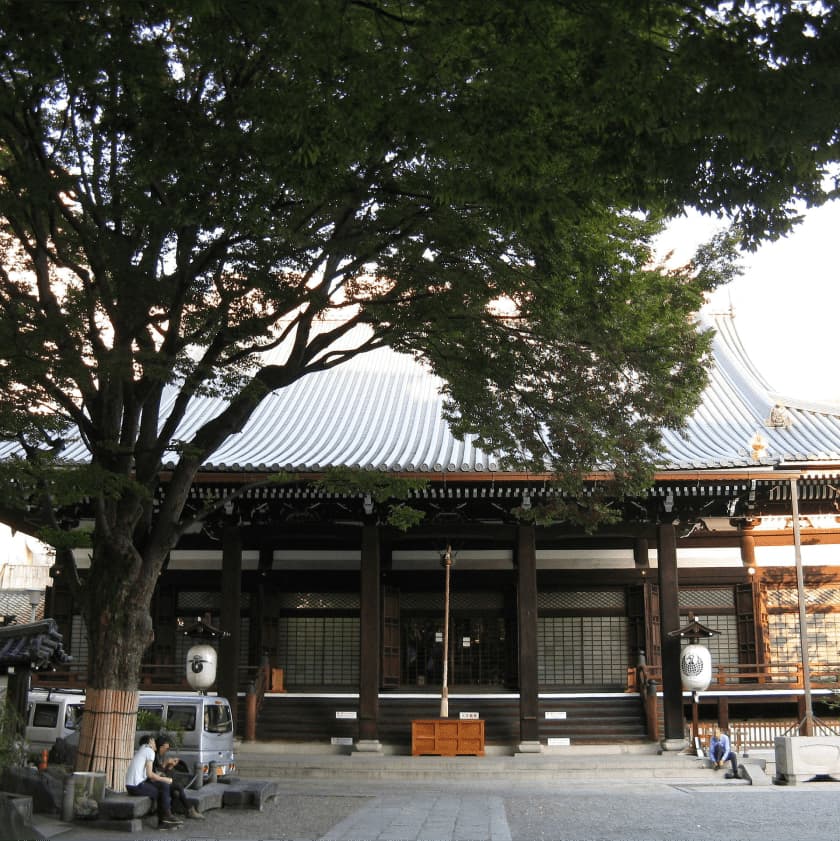
Honnō-ji Temple
1582
Honnō-ji Incident
The treacherous betrayal and death of Nobunaga at the hands of Akechi Mitsuhide during the siege of Honnō-ji temple in Kyoto marked the tragic end of his reign and plunged Japan into a period of uncertainty and conflict


Honnō-ji Temple
1582
Honnō-ji Incident
The treacherous betrayal and death of Nobunaga at the hands of Akechi Mitsuhide during the siege of Honnō-ji temple in Kyoto marked the tragic end of his reign and plunged Japan into a period of uncertainty and conflict


Honnō-ji Temple